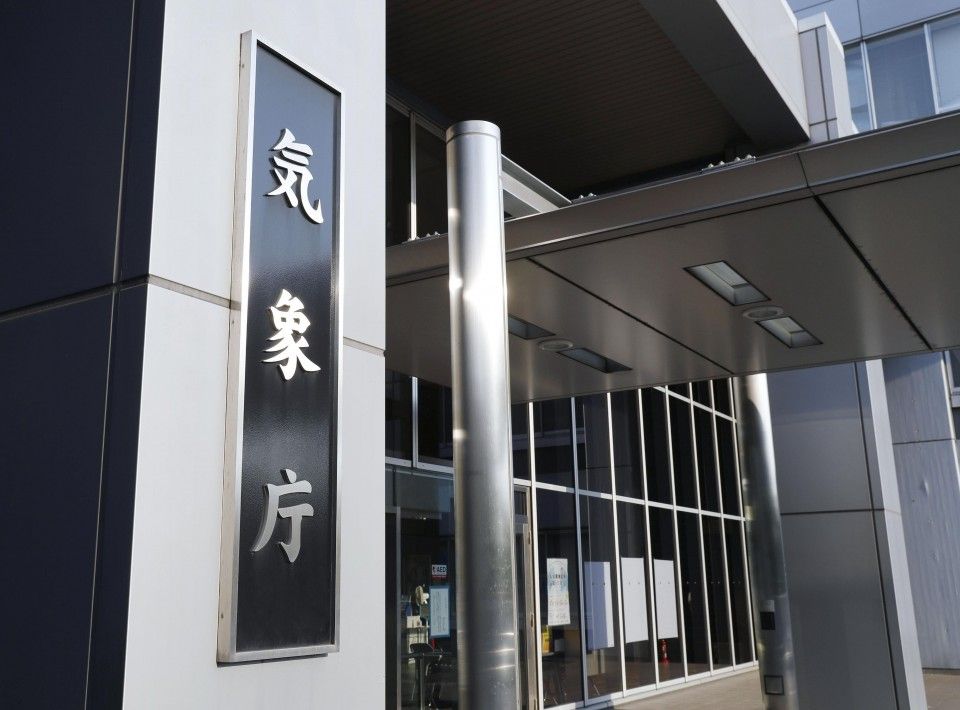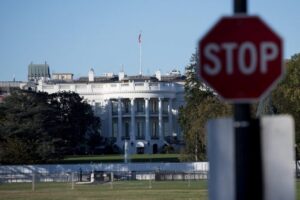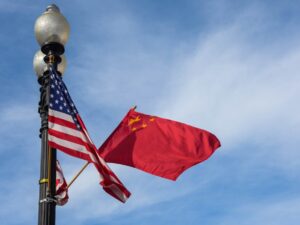
Japan’s Meteorological Agency said that despite the recent 7.1-magnitude earthquake that struck the southwest of the country, no unusual geological stresses have been observed in western Japan. The quake, which prompted the agency to issue its first warning about the increased risk of a megathrust earthquake in the Nankai Trough, has put Japan on high alert.
The quake was centered in the waters off Miyazaki Prefecture, at the western end of the Nankai Trough, an underwater trench where the Eurasian and Philippine Sea tectonic plates meet. According to the Meteorological Agency, 16 aftershocks of intensity 1 or higher on the Japanese seismic scale have been recorded since Thursday, with epicenters near Miyazaki waters. Although these quakes have mostly occurred at sea and are too weak to be felt by people, seismometers show activity remains high.
The Nankai Trough, which runs along the Pacific coast, is an area of particular concern for seismology experts. Scientists have warned for years about the possibility of a megathrust earthquake in this area, which could have catastrophic consequences. Although most epicenters are offshore, the buildup of tectonic stresses in this region can trigger a major seismic event. The agency has urged the public to remain vigilant for about a week as the likelihood of a larger quake has increased sharply.
Warning of a ‘mega-quake’ in Japan forces Prime Minister Kishida to suspend international travel
The concern is not just local. Japanese Prime Minister Fumio Kishida decided to cancel a planned trip to Kazakhstan, Uzbekistan and Mongolia following the issuance of the unprecedented warning about the Nankai Trough. Kishida stressed the importance of focusing on government response and information dissemination to prepare the population for a possible natural disaster. This type of warning, known as Extraordinary Information on the Nankai Trough Earthquake, is issued when abnormal phenomena are detected in the region or when the probability of an earthquake is judged to have increased significantly.
Japan, situated on the Pacific “Ring of Fire,” is a country accustomed to seismic activity. However, the recent warning of a megathrust earthquake has created a sense of urgency among citizens and authorities. The government has previously stated that there is a 70% to 80% chance of a magnitude 8 or 9 earthquake occurring in the Nankai Trough within the next 30 years. An event of this magnitude could trigger a tsunami of more than 30 meters, with the potential to cause up to 320,000 deaths, according to government estimates.
A 7.1 magnitude earthquake hits southwestern Japan
Thursday’s 7.1-magnitude earthquake not only raised fears of a megathrust earthquake, but also triggered a tsunami with waves of up to 50 centimeters that hit the Pacific coast from the southwest to the west of the country. The city of Nichinan in Miyazaki experienced seismic intensity close to the highest levels on the Japanese scale, raising concerns among its residents.
This recent increase in seismic activity in Japan comes amid heightened vigilance and preparedness for the possibility of a disaster. Experts continue to closely monitor the situation, while authorities reinforce safety measures and urge the population to review their emergency plans. Japan, with its history of devastating earthquakes, knows that being prepared is crucial to mitigate the effects of future natural disasters.
Source: https://reporteasia.com/sociedad/2024/08/11/japon-alerta-megaterremoto/

